An Aviation Wishlist for 2022
-
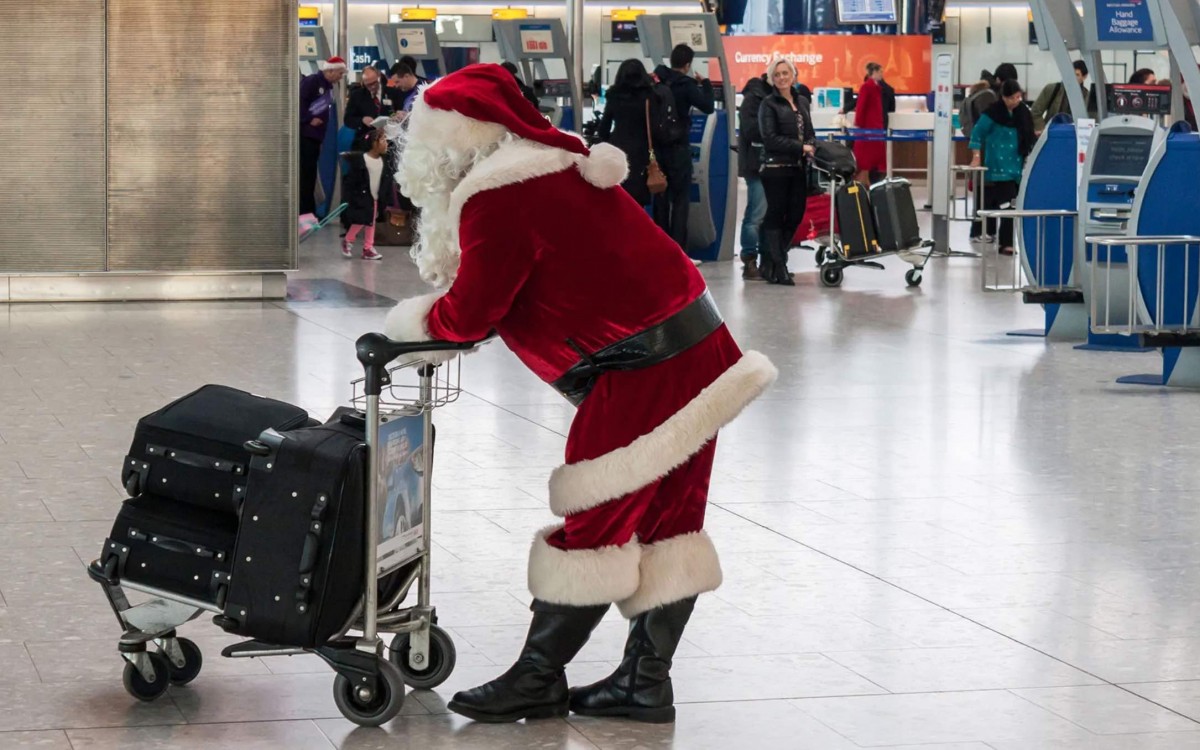
-
Dear Santa,
You must be super exhausted from your round-the-world tour last week. Congratulations on the new electric sleigh!
I realize it’s a little bit late, but I wanted to send you my wishlist for the coming year. Aviation has seen a lot of ups and downs since the pandemic began. Here are my hopes for 2022:
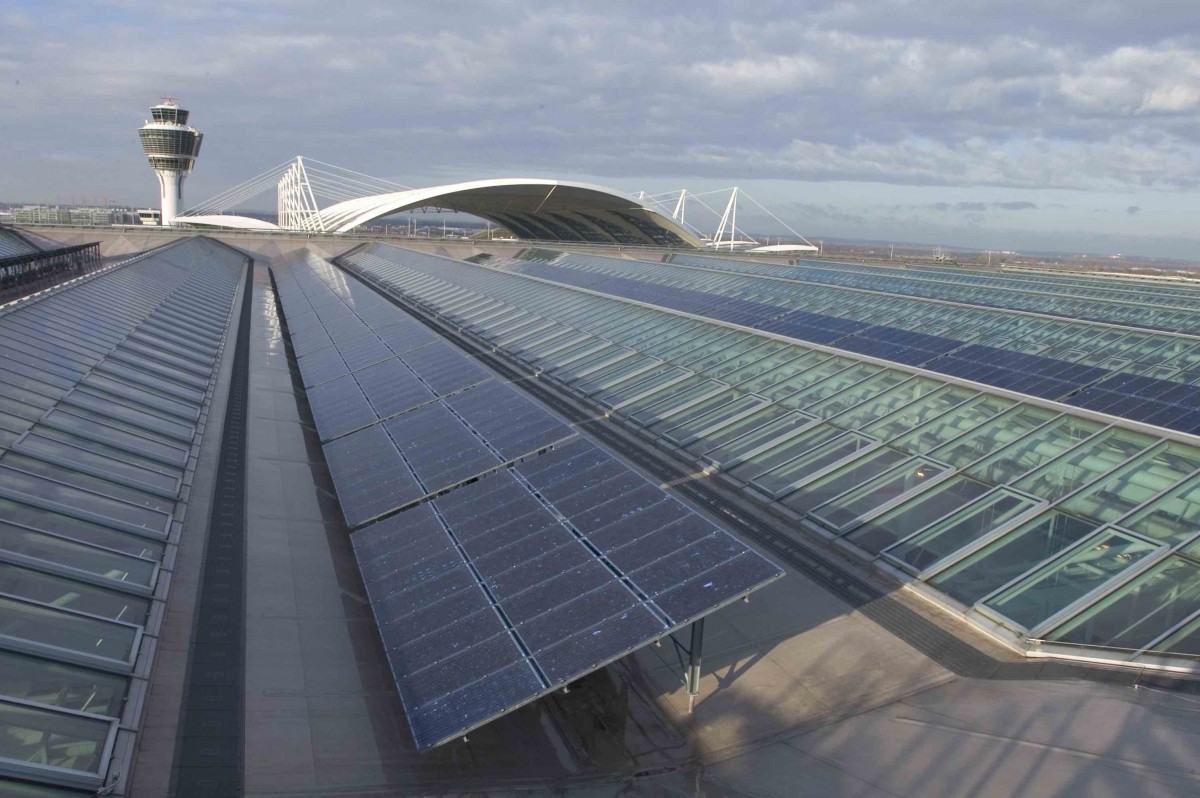
-
Wish #1: Invest in Energy
We live in unpredictable times. It’s tough to think about what air travel will look like next month, let alone next year. That makes long-term planning hard.
But no matter what happens next, it’s clear that our industry needs to transition to renewable energy sources if we want to survive. There are plenty of options on the table: ranging from SAF to electric aviation, and from hydrogen to biomass. Some renewables are technically feasible but have a shaky business case. Others are commercially viable, but the technology isn’t quite there yet. None are perfect.
Despite the challenges, smart airports and smart airlines are investing in renewable energy for two reasons: first, to secure the long-term viability of our industry, and second, to find new sources of revenue. Solar parks in Edmonton and Cochin are leading the way, as are biofuel facilities in Brussels. Forward-thinking airports are also betting big on on-site hydrogen production, and on converting trash into fuel. But these initiatives can’t move forward unless governments provide the resources to turn ambitious environmental policies into action. And as new technologies emerge, we need to make sure that regulators actively support, rather than obstruct, innovation.
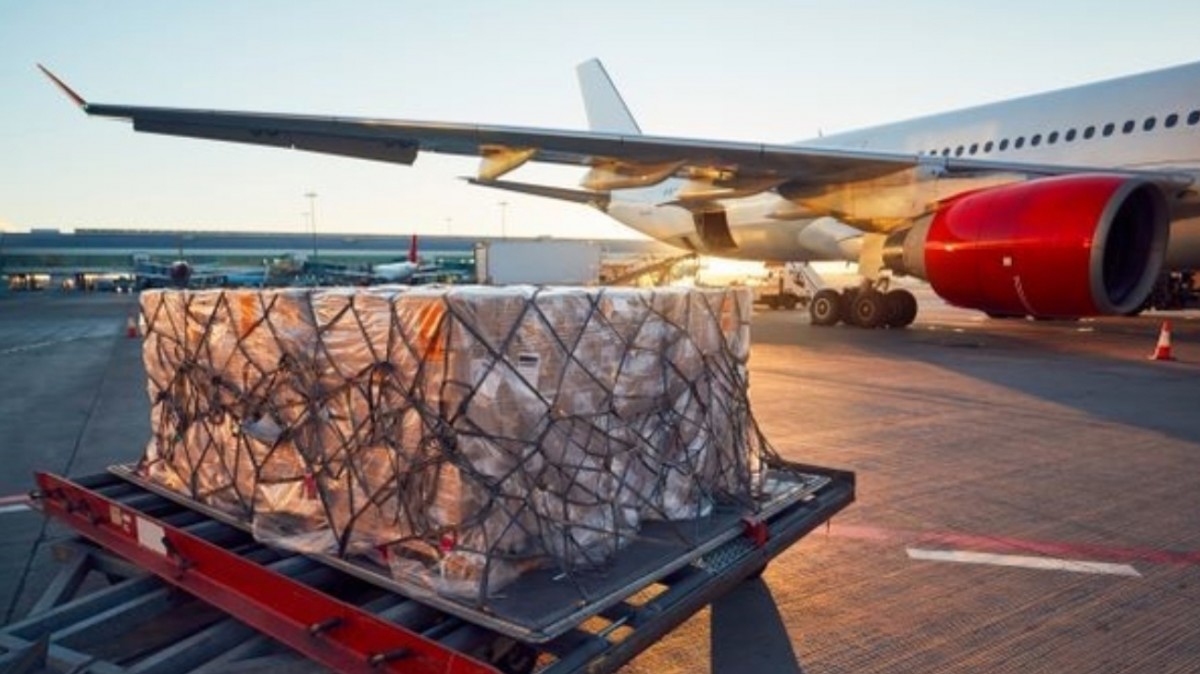
-
Wish #2: Prioritize Cargo
With passenger numbers down, air freight has been one of the few rising stars throughout the pandemic. Before COVID, cargo wasn’t really a big priority, accounting for only 12% of global aviation revenue—but since 2020, that figure has more than tripled. That shift in income sources caught the industry off guard. Many airlines have struggled to reconcile rising air freight demand with declining belly supply. And many airports discovered that their cargo facilities (and customs procedures) were outdated and inefficient.
Covid revealed big gaps in air cargo investments. In 2022, successful airports will upgrade their freight capabilities by overhauling both the physical and digital sides of the business. They’ll also prepare for big changes in how goods are processed and delivered, upskilling their know-how on topics like automated warehousing and long-range cargo drones.

-
Wish #3: Leverage the Leisure Market
In all likelihood, leisure and VFR traffic will continue to drive the recovery in 2022. By contrast, demand for business travel will remain muted. That has big implications for the industry’s financial model, and for airport operations. Airlines make more money off frequent business travelers. They’re also easier for airports to process compared to leisure pax. The upshot: lower per-passenger yields and higher operational costs.
It’s not all bad news, though. Unlike biz folks, leisure and VFR travelers tend to show up at the airport with a lot of time to spare. Many spend the night before their flight at an airport hotel. That additional dwelltime is good news for landside commercial areas. It could also jumpstart ailing terminal concessions—so long as airports keep up with post-pandemic consumer preferences (more on that here).
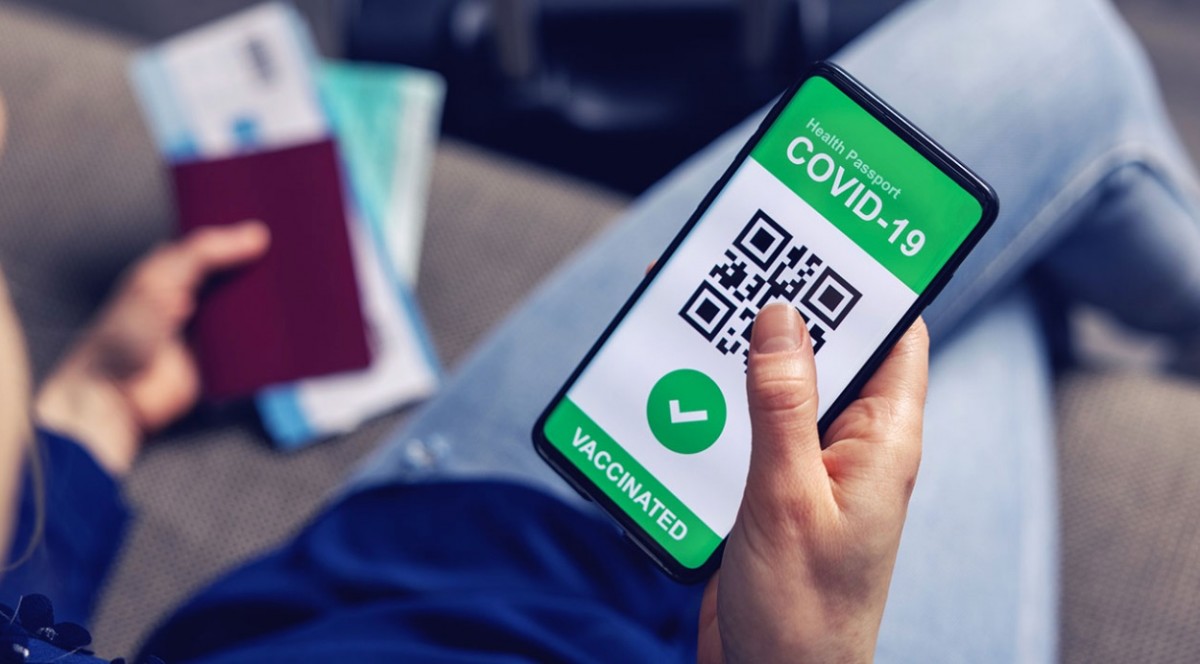
-
Wish #4: Digitalize Health Checks
Whether we like it or not, health checks have become an integral part of flying from A to B. In the early stages of the pandemic, that placed an enormous burden on ground staff, as all test results and vaccine certificates needed to be verified manually. Long lines at the airport drove down the passenger experience—and drove our customers into the arms of less complicated transport modes, like trains.
In response, some airlines now offer online verification options. But the results are mixed. I’m a big fan of the Lufthansa app because I can scan my vax QR code and get a boarding pass in under a minute. Unfortunately, most airlines aren’t that slick. Buggy upload portals and unfriendly interfaces mean it’s often faster to have your documents checked at the airport. Meanwhile, some carriers seem to have abandoned online check-in altogether (I’m looking at you, Qatar!).
To be fair, airlines face a Herculean challenge. Entry requirements vary widely from place to place, and from week to week. The lack of global certification standards, and bewildering variety of health forms, doesn’t exactly help. Nevertheless: online health checks should be the rule, not the exception. Right now, unfortunately, the opposite is true. That’s bad news for everyone: airports, airlines, and passengers included.
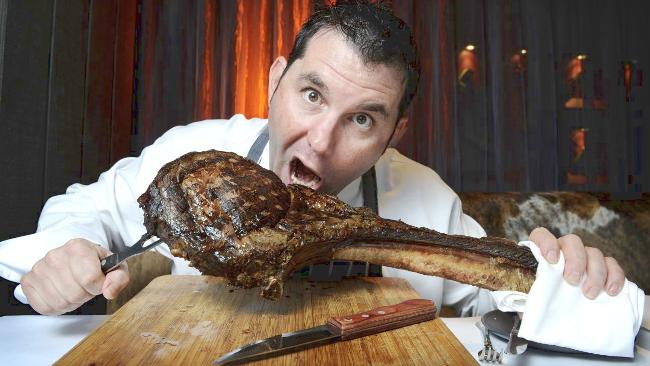
-
Wish #5: Go Easy on the Beef
Last but not least, here’s a wish inspired by everyone’s favorite holiday conversation topic: food!
If airports and airlines want to get serious about climate change, then we need to update our catering strategy. We serve passengers millions of meals a day—how we choose to do that can seriously improve our industry’s environmental performance. A great first step is to cut down on beef, which is by far the most resource-intensive food source. In fact, global beef production has a carbon footprint five times larger (!) than aviation.
Don’t get me wrong—I love a good burger, or a delicious steak. But be honest: when was the last time you had either of those on a plane, or in an airport? Airplane beef tends to be pretty mediocre. It’s no fun for our customers—and it’s really bad for the planet.

-
That’s it from me, Santa. It’s been a crazy year—here’s hoping for a better one to come. Happy holidays!
-
-
-
-
-
-
-